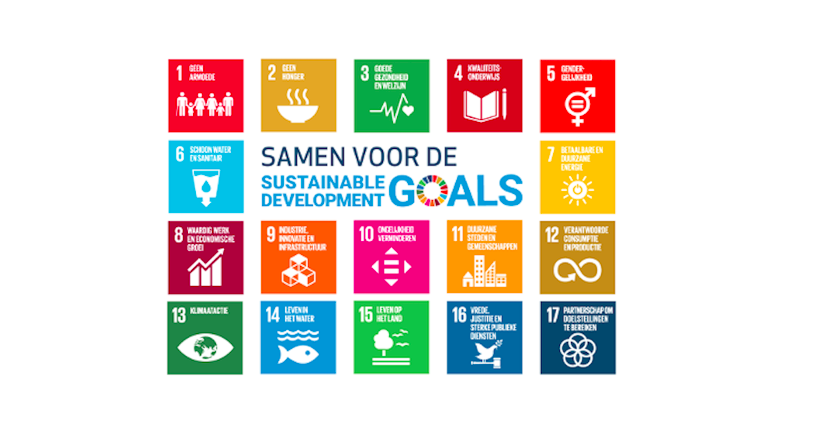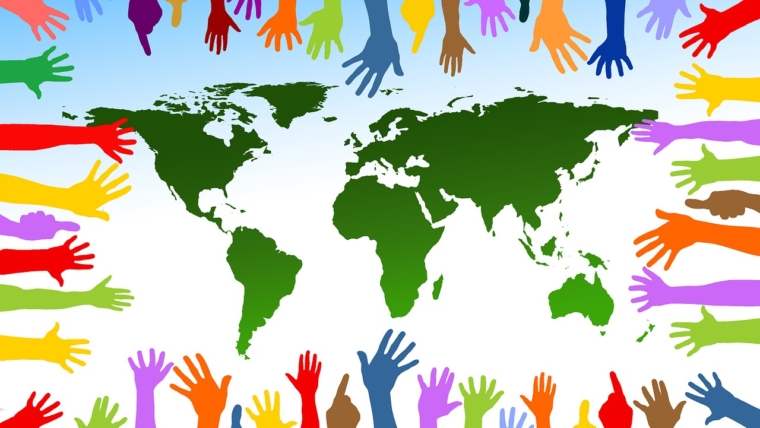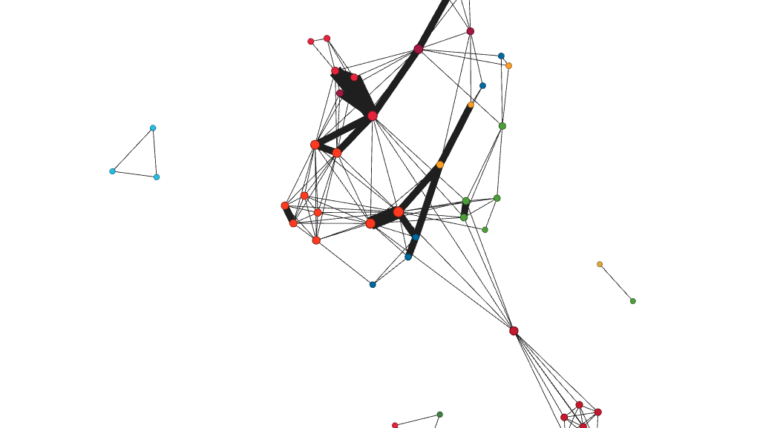Forget green, a ‘rainbow recovery’ is what we need.
The Sustainable Development Goals must be at the core of our national post-COVID recovery plan.
By GlobalGoals PhD candidates Melanie van Driel and Maya Bogers
This opinion piece was originally published in Dutch as a blog for the United Nations Association of the Netherlands on July 5, 2021.
We pressingly need a coherent recovery policy to move on after the COVID crisis. Last May, the three Dutch planning agencies CPB, PBL and SCP urged informateur Mariëtte Hamer for a recovery plan taking both the short and long term into account. Without such a plan, we run the risk of burdening future generations with the ramifications of COVID. Luckily, the outline for the plan is already in our hands: the U.N. Sustainable Development Goals.
Already in 2015, all 192 member states of the United Nations agreed on 17 global goals to achieve by 2030: The Sustainable Development Goals (SDGs). The SDGs cover social well-being, economic development and environment, and include ambitious goals such as ‘no poverty’, ‘zero hunger’, ‘responsible consumption and production’ and ‘affordable and clean energy’. The Netherlands also committed itself to achieve these goals, both abroad and at home. Yet the latter appears completely forgotten. Six years after our commitment to the goals, the SDGs still have not made it into our coalition agreement, and unlike many of our neighbouring countries, we still have no nation-wide strategy to achieve the goals.
The lack of national guidance on this matter has its effects. Only 2,9% of Dutch municipalities is actively working with the SDGs, many of the Dutch have no clue what the goals are, and the private sector and civil society are not realizing their full impact because they don’t know what to expect. The people are not happy: a staggering 48% of Dutch citizens thinks the government is not taking enough responsibility to achieve the goals.
That is not to say nothing is happening. For example, a national SDG coordinator was appointed to coordinate SDG-activities within and outside the government. This is the highest civil servant for the SDGs we have. While certainly beneficial, it is telling that this important role is located at the Ministry of Foreign Affairs. How can we expect to work on the SDGs in The Netherlands, if the leadership is embedded in the Ministry that has the least to say about home affairs?
Another, more recent, addition to the Dutch SDG effort is the ‘SDG test’. This test, implemented in 2019, is meant to assess new policies for their potential negative impacts on achieving the SDGs. A great idea, but again the test is more focused on effects abroad than at home. On top of that, the test is not mandatory and thus alas, rarely used (source: Partos).
The fact that our government does not take the SDGs seriously ‘at home’ does not do justice to the nature of the goals: it is meant as a universal agenda. The Netherlands has a responsibility to work on the SDGs within its own borders. In many areas, we are still far from achieving the goals, including the reduction of inequality, reducing food waste, providing adequate, safe and affordable housing to all, and transitioning to renewable energy and sustainable agriculture. Moreover, the pandemic has slowed down progress on many of the SDG goals, and sometimes even stopped or reversed progress that had already been made. Homelessness has increased, more people have become reliant on food aid, physical exercise has dropped and many small businesses have suffered financially from the crisis. When it comes to climate action, the Netherlands has been among the worst performing European countries for years.
All the more reason to revitalize the SDGs. They might not be perfect, but they are a ready-made set of goals we can work with. More and more people and organizations are familiar with them and at least some policy instruments are already in place. More importantly, the goals were explicitly designed to balance the economy, environment and well-being of citizens in the short- and long-term. This balanced design makes the SDGs a great foundation to build the recovery policies on that the planning bureaus have been asking for. A ‘rainbow recovery’, colored by the 17 goals of the 17 SDGs, is our way out of the crisis without losing sight of our long-term goals.
What is needed for a rainbow recovery? We have four concrete suggestions. First, take the SDGs as the starting point for the Dutch recovery policies, and for the upcoming coalition agreement. Broad support for these measures has already been expressed by a diversity of civil society actors in the call for a ‘sustainable coalition agreement’. Second, stop using the SDG-test as a voluntary supplement, and make it an integral and mandatory part of the policy cycle for national policies. Third, formulate and ensure a transparent SDG-strategy. Make clear which policy instruments will be introduced to kick-start progress, and what type of resources will be made available for this purpose. To realize the benefits of the first three suggestions, it will be crucial to communicate ongoing efforts to the public. One way to do so is via the classic Dutch ‘Sire’ public advertisements, that have been used before to communicate about policy initiatives. Fourth, an accelerator program is needed for goals where we have made little or no progress so far. The program should specify how the Netherlands will catch-up on these goals.
Of course, this list of suggestions is in no way exhaustive. Yet it does form an initial action plan for the Dutch government. Others will be able to add many more points to this list, there is no shortage of great ideas here. What we do lack, is a clear direction and visionary leadership, as well as a government that takes the SDGs seriously. Six years after the commitment to the SDGs, it is about time the Dutch government takes some serious steps towards sustainable development, not only abroad, but also on Dutch soil.




2 Comments
byJolie-O
I was studying some of your articles on this website and I conceive this site is
very informative! Keep on posting.Blog monry
byvipsync
I will admit I wasn t inconsistent but I texted with opk again on the 20 and got surge so we were active again priligy tablet